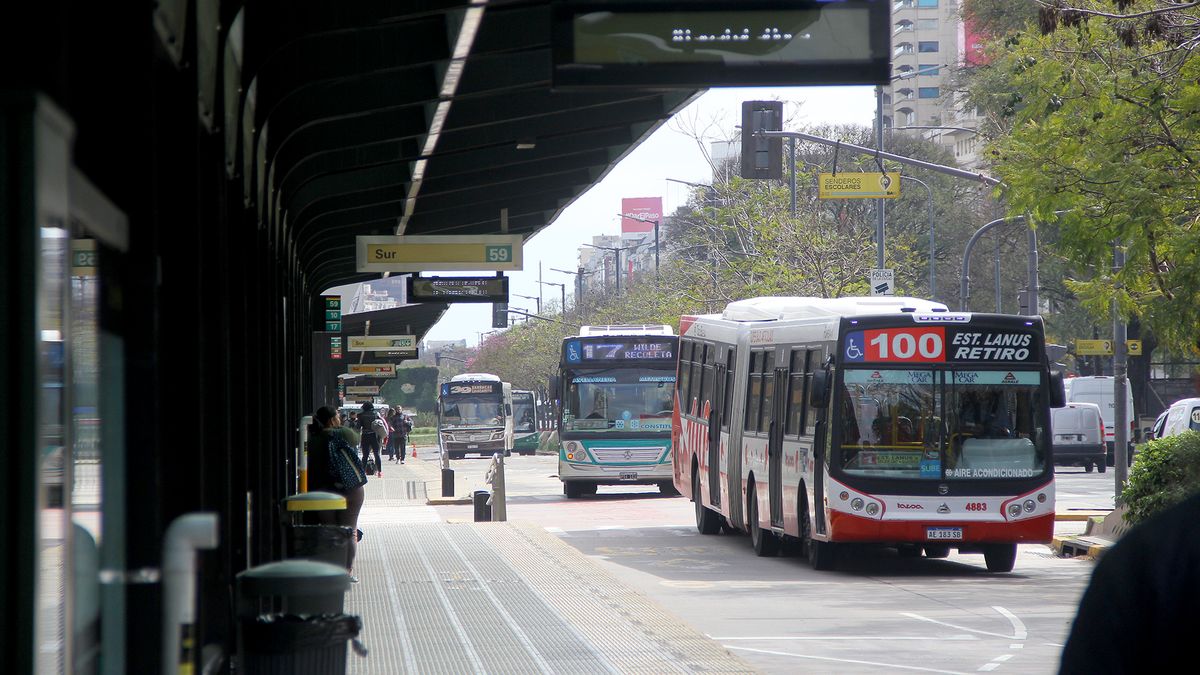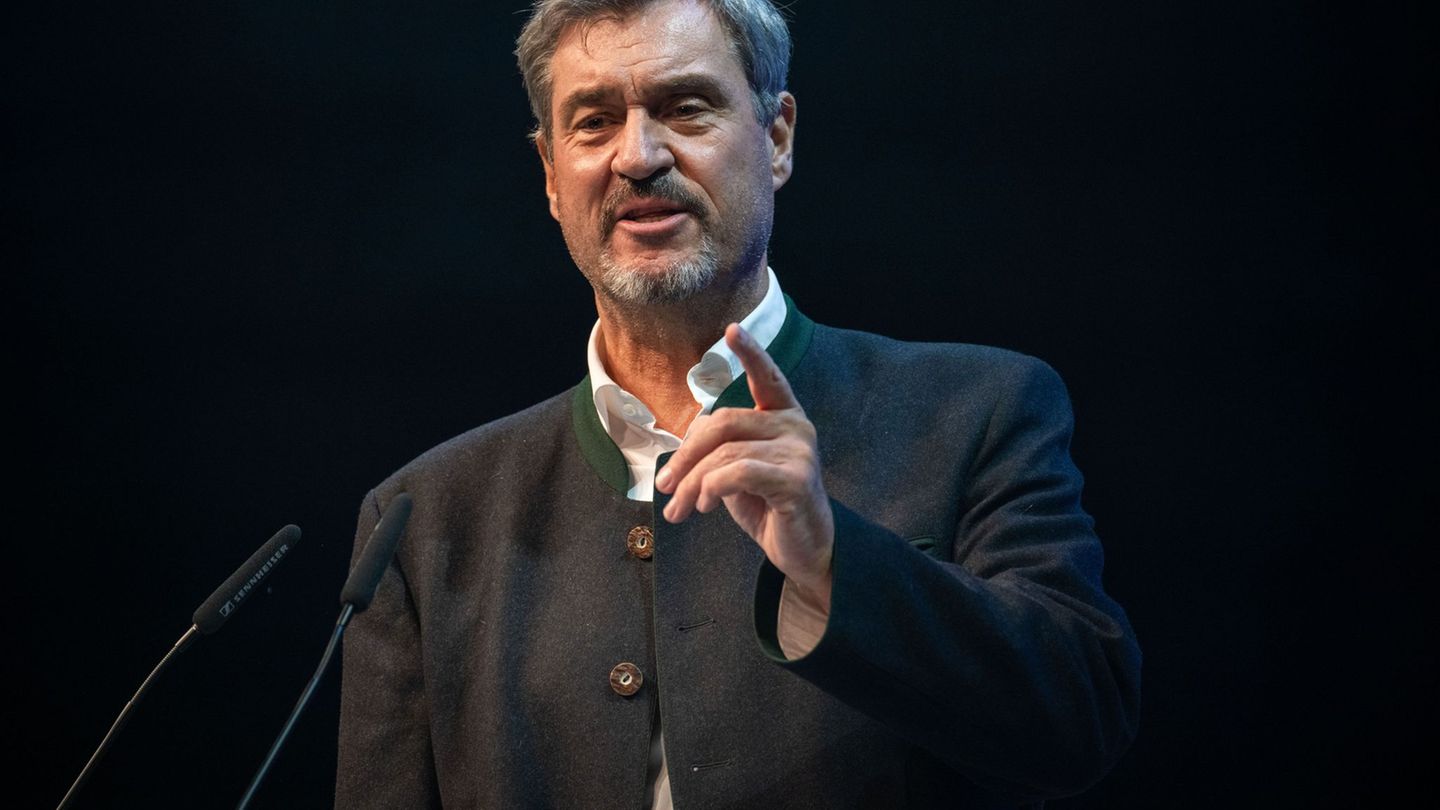Although it is true that the rate has been frozen in the AMBA for 3 years, it is also true that the subsidies have also been frozen, since they were last calculated with prices for the month of September 2021, registering inflation above 40%. since then. The correctly calculated technical fare for the AMBA is $136 per trip. A little less than the price of a liter of premium diesel, or 80% of the average price of a one-liter bottle of beer. That is, the same proportions that were recorded in 2001 when there was no subsidy. The consequence of this is an investment liability of 6,000 vehicles entering the obsolescence phase in the next 18 months.
The asymmetries between the AMBA and the interior are not limited only to the question of the rate. More than 50% of Argentina’s GDP is concentrated in the AMBA. 18,500 urban buses circulate, vs 14,000 from the rest of the country. The AMBA is the 14th largest urban conglomerate on the planet and is 7 times larger than the urban nucleus that follows in Argentina (Córdoba). The AMBA bus system, as a regulated service, is the largest in the world after Beijing. Also a third of the inhabitants of Argentina live in the AMBA, and more than 80% of those who use public transport in this region of the country do so in buses, and the rest (far behind) travel by train and underground. In most of the neighborhoods and districts that make up the Region that combines CABA and the suburbs, it is observed that automotive public transport is irreplaceable in terms of road safety, accessibility in terms of age range, health condition, weather conditions, security , or simple cost per trip, compared to the bicycle, the car or the motorcycle. All variables that are rarely taken into account in this debate. Would the AMBA and its more than 16 million inhabitants resist 1 week without groups?
That is why we understand that a healthy administration of public funds with a truly federal perspective would be to eliminate asymmetries, but starting from the base, that is, implementing the same controls that exist in the AMBA inside, incorporating a GPS that records the actual kilometers that runs through each unit and that the SUBE Card be implemented in each service that must be subsidized.
Thus, each operator would charge a well-calculated technical fee for each trip made, leaving it in the hands of politics to set a subsidy segmented by user that does not discriminate between locals and provincials, but rather assigns each user a subsidy according to their socioeconomic profile. .
Just as taxes are proportional to taxpaying capacity, subsidies should be assigned in the same way. That would be a great step to federalize the subsidies, preventing them from becoming political loot and instead going directly to those who really need it: the most vulnerable users and sectors.
By Luciano Fusaro, vice president of AEETA and director of technical-institutional relations of Grupo Metropol
Source: Ambito




